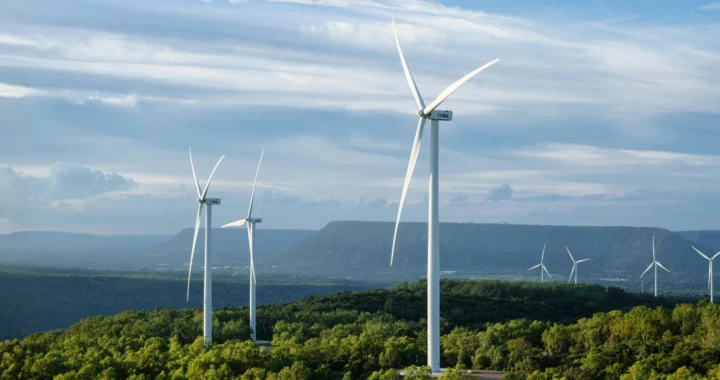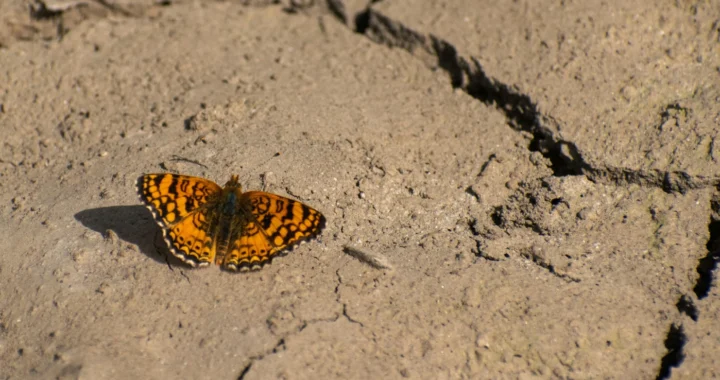The Resilience of Small Islands: Protecting the Natural Capital of Pari Island, Indonesia

Illustration by Irhan Prabasukma
Although their own carbon footprints are small, small islands are at the front line of the climate crisis. It poses a severe threat to the inhabitants through rising sea levels, extreme weather, and warming oceans. This is the reality for small islands across the globe, including Pari Island in Indonesia.
Climate Impacts in Indonesia’s Small Islands
The impacts of climate change are clear on the Seribu Islands—a series of 116 small islands in the Special Region of Jakarta, Indonesia, with approximately 28,000 residents. Research has revealed that these areas face a temperature increase of 2.2°C since 1980, a sea level rise of 4.17 mm/year, and extreme weather events occurring 3 times more frequently. By 1999, Indonesia had already lost four islands within the Seribu Islands.
The Seribu Islands’ 28,000 or so residents are feeling these changes in their daily lives. In interviews, they identified tidal flooding and tornadoes as the most common climate hazards, followed by abrasion and saline water. Moreover, 80% of respondents reported frequent changing weather patterns/seasonality that influenced their daily incomes.
High Risks on Pari Island
On the Seribu Islands, only 11 of the 116 islands have local inhabitants. Among them, Pari Island is the most sensitive to the existence of coastal “natural capital” such as mangroves, seagrass, and coral reefs.
In 2019, less than 5% of Pari Island was highly exposed to climate hazards that made it vulnerable to extreme weather events and gradual changes. This vulnerability renders the area and its inhabitants susceptible to long-term environmental and socio-economic effects.
If, however, protection for the island’s natural capital remains insufficient, nearly half of its area will be at risk. In the worst-case scenario of climate change, with natural capital destroyed, nearly 70% of the coastline will be highly exposed by 2040.
In the past decade Pari Island has been experiencing frequent and serious climate-related hazards. For instance, there have been severe abrasions at Star Beach, frequent tidal flooding, saltwater intrusion, a significant decrease in water availability, and a massive decline of terrestrial plants, including food crops.
Sand Dredging and Reclamation around Pari Island
As the local community became aware of the impacts of climate change, they began planting mangroves along the coastline and transplanting corals in 2000 to protect their remaining land and decrease saltwater intrusion. As well as protecting their land from climate hazards, this preservation of natural capital also provides co-benefits for tourism.
Frustratingly, national and provincial policies fail to support the efforts by local communities. They instead have been making way for massive reclamation and sand dredging projects on neighboring islands, as happened in Tengah Island and Biawak Island. Moreover, this year, sand dredging has expanded to Pari Island, destroying coral reefs, seagrass, and newly planted mangrove saplings.


Studies show that degradation in those keystone components of coastal ecosystems, which act as natural guardians, is one of the primary drivers of coastal erosion along East African coastlines. Similar threats arise in Indonesia. Massive sand dredging and continued natural capital destruction around Pari Island would seriously threaten its coastal communities, including their food and water security.
Toward Climate Resilience of Small Islands
So far, climate adaptation efforts by the local community and authorities have included mangrove restoration, reverse osmosis water, and self-sufficient vegetables using various techniques, among others. However, they will not be enough without strong commitment and coordination from the government, the private sector, and civil society.
Additional efforts, especially robust enforcement of national laws and policies, are crucial. For instance, Regulation No. 27 of 2007 concerning the Management of Coastal Areas and Small Islands prohibits destruction of natural ecosystems, including destruction of mangroves, coral reefs, seagrass, mineral mining, and physical development that causes environmental damage and/or harms the surrounding community. While the regulation exists, its enforcement remains inconsistent.
Moreover, there is a need for international support to address the pressing issues of sand dredging and reclamation for the resilience of Pari Island and other small islands. These activities must be recognized as critical public concerns, prompting parliamentary action to urge legislators to halt them around vulnerable and inhabited islands. If these destructive practices continue, these islands face the risk of disappearing due to the large-scale destruction of mangroves and coral reefs. These vital ecosystems play a key role in reducing wave energy and stabilizing shorelines, serving as natural defences against coastal erosion and extreme weather events.
Now more than ever, it is critical to align local, national, and international interests to accelerate climate actions that will protect these fragile environments and the communities that depend on them.
Editor: Nazalea Kusuma

Join Green Network Asia Membership
If you find this content useful, support Green Network Asia’s movement to create positive impact for people and the planet through public education and multi-stakeholder advocacy on sustainability-related issues and sustainable development. Get exclusive benefits for your personal and professional development.
Become a Member NowMartiwi Setiawati
Martiwi is a Research Fellow and Academic Associate for the Water and Resource Management Programme at the United Nations University Institute for the Advanced Study of Sustainability (UNU-IAS), Tokyo, Japan.


 An Interview with Jasmin Lim, Chief Marketing Officer at BH Global
An Interview with Jasmin Lim, Chief Marketing Officer at BH Global  The Monsoon Wind Power Project Supports Energy Transition Across Borders in Southeast Asia
The Monsoon Wind Power Project Supports Energy Transition Across Borders in Southeast Asia  Revealing the Pink Tax and The Cost of Being a Woman
Revealing the Pink Tax and The Cost of Being a Woman  Exploring Biodiversity-Positive Incentives to Halt Biodiversity Loss
Exploring Biodiversity-Positive Incentives to Halt Biodiversity Loss  The Dirtbag Billionaire who Gave It All Away for Planet Earth
The Dirtbag Billionaire who Gave It All Away for Planet Earth  Singapore Passed OSRA Bill to Protect Victims of Cyberviolence
Singapore Passed OSRA Bill to Protect Victims of Cyberviolence